Iran enjoys cutting-edge marine technologies to fend off any aggression, says IRGC chief
The chief commander of the Islamic Revolution Guards Corps (IRGC) says the country possesses state-of-the-art marine technologies, emphasizing that the Islamic Republic will not allow any aggression against its territory.
Major General Hossein Salami made the remarks on Sunday while inspecting the IRGC’s marine units in the north of Iran, accompanied by the commander of the IRGC’s Naval Force Brigadier General Alireza Tangsiri.
Emphasizing that the IRGC will not allow any aggressor to invade the country, General Salami added that steadfastness of the Iranian nation and its support for the country’s rightful stances have thwarted all the enemy’s plots.
Salami noted that before the Islamic Revolution in 1979, “all structures of our power were under control of other” countries, adding, “This meant that the pillars of our power were at the mercy of others.”
“However, following the Islamic Revolution, we achieved this [high level of] power and technology and this has stirred fear among [Iran's] enemies,” the IRGC’s chief commander said.
“Today, we have maintained our maritime domination and also expanded our maritime reach,” General Salami remarked, adding, "At the present time, we possess modern marine technologies."
‘No one can decide our fate’
Elsewhere in his remarks, the IRGC chief asserted that the Islamic Republic cannot be barred from gaining more power and “everyone should know that we will not let anybody interfere in our country’s affairs.”
No one, except for the Iranian nation, should be able to decide the nation’s fate, General Salami said, adding, “Our message is that if anyone wanted to decide our fate, we would decisively confront them.”
General Salami then described Iranian vessels as the “fluid infrastructure" of the country's power.
He added, “We possess the technologies related to boosting the quality of warships … The [military] vessels are true identity of our [naval] tactics, which carry strategic messages at sea.”
Earlier this month, the IRGC’s Navy released video footage of an October 25 encounter between its forces and the US military, with the former landing on the deck of a tanker that had seized an Iranian oil shipment in an “act of piracy”. They then navigated the vessel toward Iranian waters, despite the US military’s efforts to retake take it back.
Prior to the operation, American forces had confiscated a tanker carrying the cargo of Iranian oil in the strategic Sea of Oman and transferred its consignment of crude to the MV Sothys, the Vietnamese-flagged ship that was then seized by Iran. The MV Sothys was released days ago.
In remarks on Wednesday, General Tangsiri provided more details about the heliborne operation, saying the IRGC Navy took action when the vessel containing the stolen oil was around 40 miles (some 65 kilometers) from the southern Iranian island of Jask.
During the operation, American warships, helicopters, and drones approached the site and “assumed battle formation” around the vessel, Tangsiri said.
After failing to interrupt the operation with two warships, he said, the American forces called in three more military vessels.
The general added that the American forces were then “forced to admit defeat, retreat, and leave the scene.”
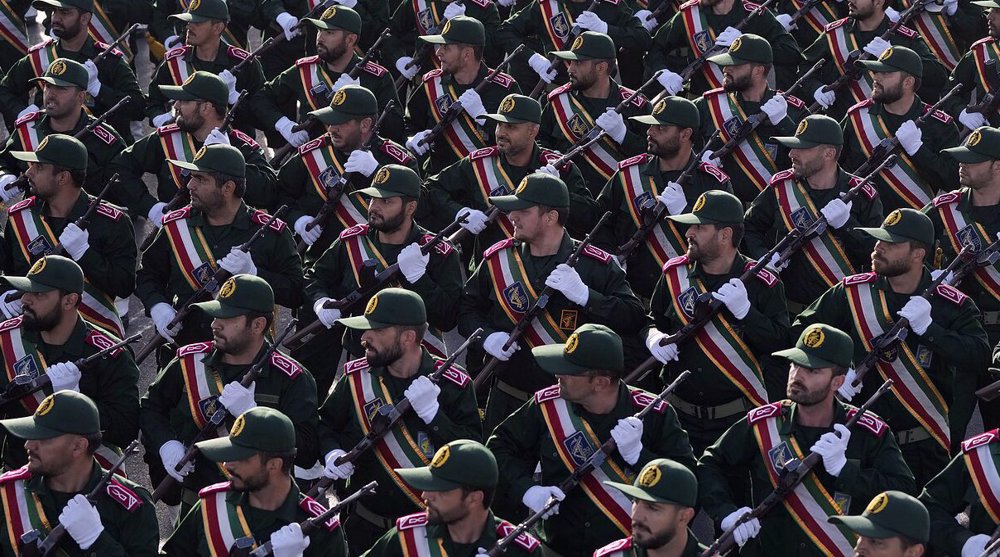
‘Deterrent and defensive’: Armed Forces say IRGC vanquishes any enemy at any level

Iranian Armed Forces achieve ‘most sophisticated’ defense technology: Military official

Iran Army possesses ‘ultra-secret, AI-powered’ weapons; enemy has no chance to survive: Cmdr.
Carnegie cancels Iran FM’s speech under ‘orchestrated pressure’ from Israel lobby: Report
Four Israeli ministers call for annexation of occupied West Bank
‘Collective punishment’ of Palestinians unjustifiable: UNRWA
Iran president, foreign minister offer condolences over death of Pope Francis
Obituary: Pope Francis, first Latin American pontiff, friend of Iran, critic of Gaza genocide
Remembering Saadi Shirazi, Persian poet whose message of universality endures
China sanctions US figures over ‘gross interference’ in Beijing’s affairs
Yemen: US fails in its aggression since day one; Trump ‘accountable’ for fatalities


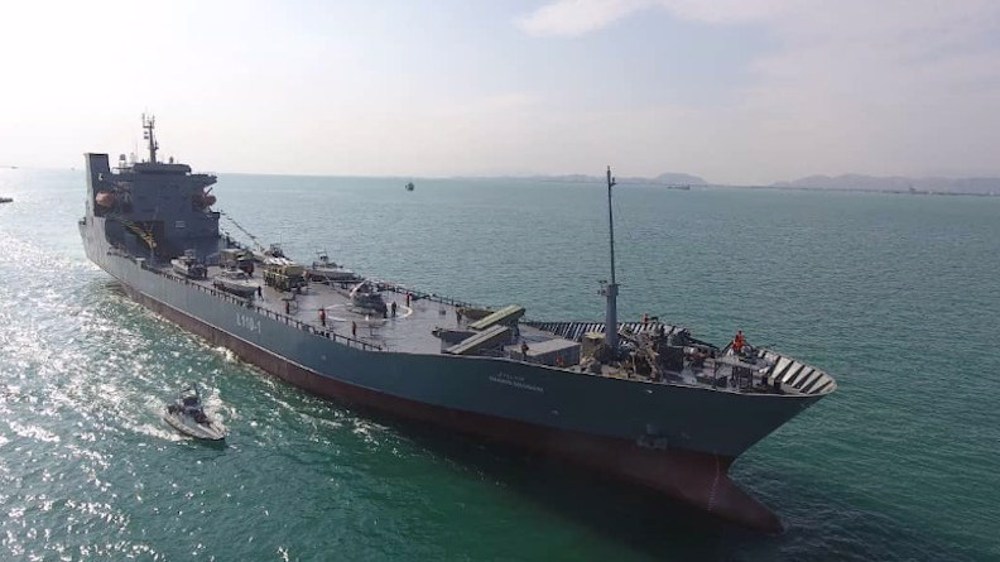
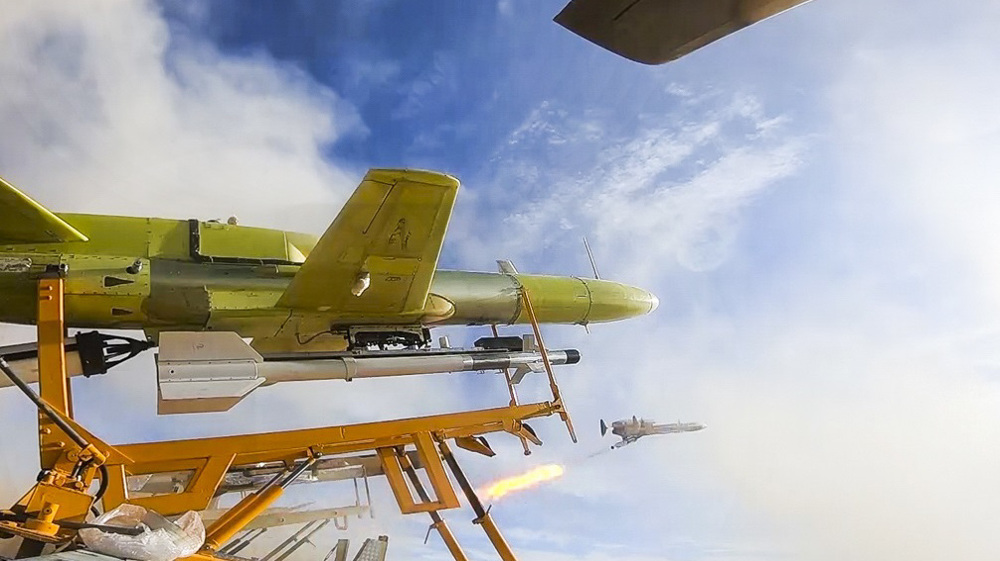
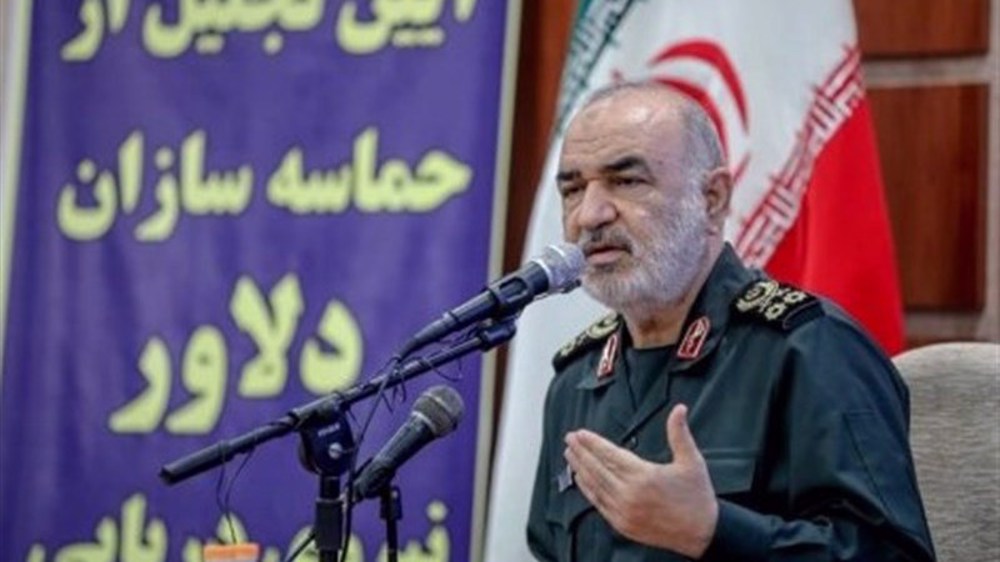





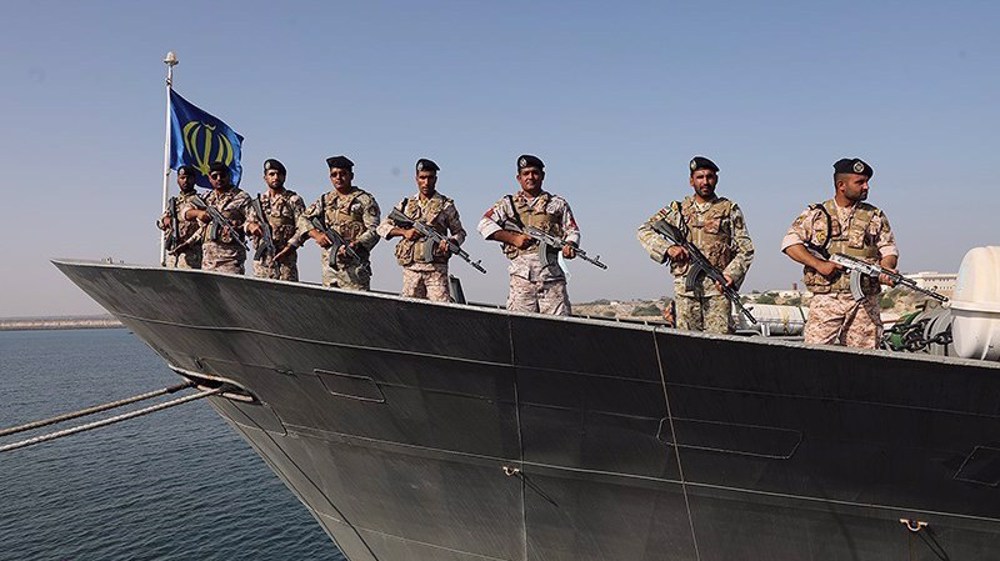


 This makes it easy to access the Press TV website
This makes it easy to access the Press TV website